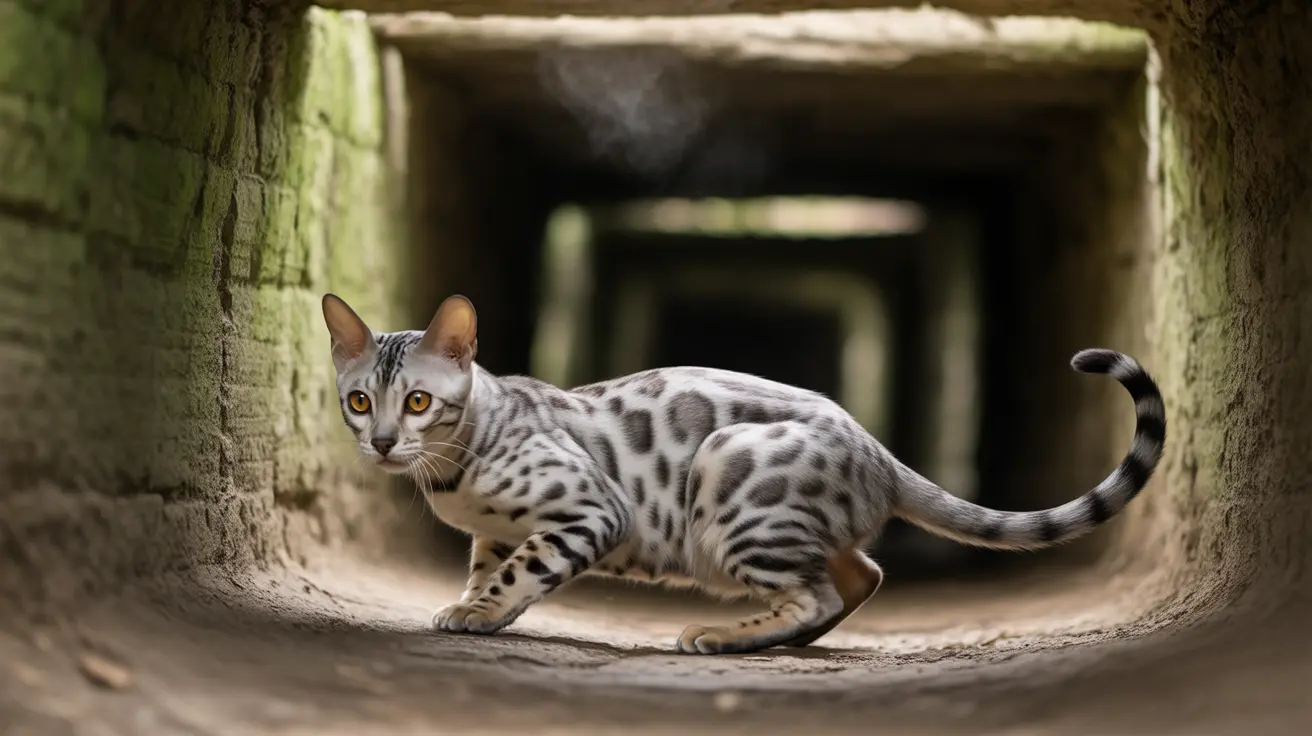Understanding Fluid Around a Cat's Heart: Causes, Symptoms, and Treatment
When a cat develops fluid around their heart, known medically as pericardial effusion, it can be a serious and potentially life-threatening condition. This accumulation of fluid in the protective sac surrounding the heart (pericardium) can severely impact your cat's health and requires immediate veterinary attention.
While relatively rare in cats compared to dogs, understanding this condition is crucial for pet owners, as early detection and treatment can significantly improve outcomes. Let's explore everything you need to know about fluid accumulation around a cat's heart, from causes and symptoms to diagnosis and treatment options.
What Causes Fluid Around a Cat's Heart?
Several underlying conditions can lead to fluid accumulation around a cat's heart:
- Infections (bacterial, viral, or fungal)
- Cancer (primary heart tumors or metastatic disease)
- Trauma to the chest area
- Autoimmune disorders
- Systemic diseases
- Idiopathic causes (unknown origin)
Recognizing the Warning Signs
Cats with pericardial effusion may display various symptoms, though they can be subtle initially:
- Lethargy and decreased activity
- Difficulty breathing or rapid breathing
- Loss of appetite
- Weakness or collapse
- Distended abdomen
- Pale or bluish gums
- Increased heart rate
Diagnosis Process
Veterinarians use several diagnostic tools to confirm fluid around a cat's heart:
- Physical examination and medical history
- Chest X-rays
- Echocardiogram (heart ultrasound)
- Blood tests
- Electrocardiogram (ECG)
- Fluid analysis if samples are obtained
Treatment Options
Treatment approaches depend on the severity and underlying cause:
Emergency Care
- Pericardiocentesis (draining fluid from around the heart)
- Oxygen therapy
- Stabilizing medications
Long-term Management
- Medications to treat underlying conditions
- Regular monitoring
- Possible surgery in severe cases
- Ongoing supportive care
Prevention and Monitoring
While not all cases of pericardial effusion can be prevented, certain measures can help reduce risks:
- Regular veterinary check-ups
- Prompt treatment of infections
- Maintaining a healthy weight
- Monitoring for early warning signs
- Following prescribed treatment plans
Frequently Asked Questions
What causes fluid to accumulate around a cat's heart, and how serious is this condition?
Fluid can accumulate due to infections, cancer, trauma, or autoimmune conditions. It's a serious condition that can be life-threatening if left untreated, as it prevents the heart from pumping effectively.
What symptoms should I watch for if my cat has fluid around its heart (pericardial effusion)?
Watch for difficulty breathing, lethargy, decreased appetite, weakness, collapse, and pale gums. Any of these symptoms warrant immediate veterinary attention.
How do veterinarians diagnose fluid buildup around a cat's heart?
Diagnosis typically involves physical examination, chest X-rays, echocardiogram, blood tests, and sometimes fluid analysis. The echocardiogram is particularly important for confirming the presence and extent of fluid accumulation.
What treatments are available for cats with pericardial effusion, and when is surgery necessary?
Treatment options include emergency drainage (pericardiocentesis), medications, and supportive care. Surgery may be necessary for recurring cases or when there's a need to create a permanent drainage window in the pericardial sac.
What is the prognosis for cats diagnosed with fluid around the heart, and can it recur?
The prognosis varies depending on the underlying cause and how quickly treatment is initiated. Some cats recover well with proper treatment, while others may experience recurrence. Regular monitoring and follow-up care are essential for managing this condition.
If you notice any concerning symptoms in your cat, don't wait to seek veterinary care. Early intervention is crucial for the best possible outcome when dealing with fluid around the heart.






